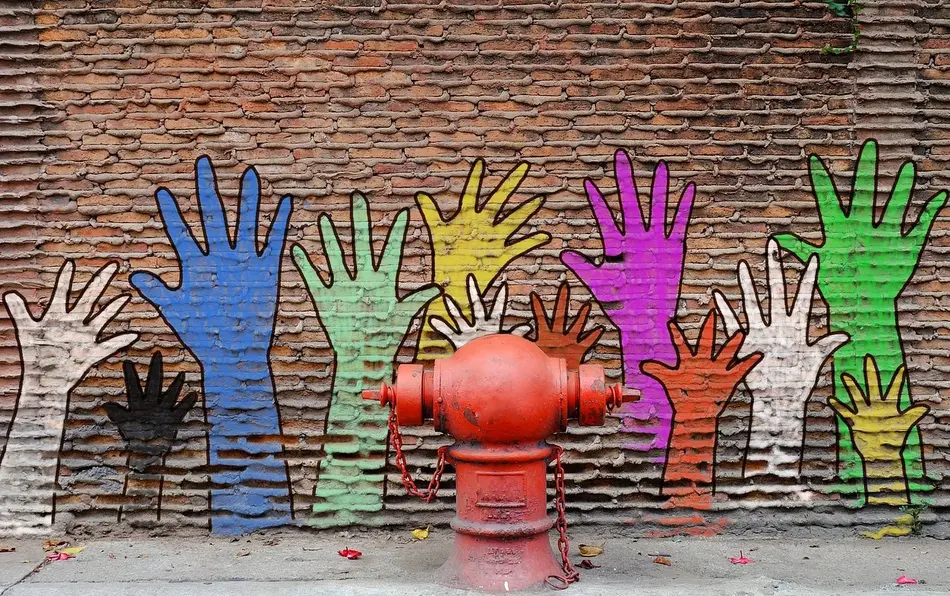“We are witnessing a cultural catastrophe of unparalleled proportions. The Russian army, Russian aviation bombs, fires rockets at historical monuments, which are the property of not only Ukraine.
For example, the city of Kharkiv is the capital of Ukrainian and Soviet constructivism, the city where, probably, the largest constructivist buildings of the second half of the 20s of the last century are located. For example, the Gosprom building, which was considered the largest constructivist building erected in the USSR and which survived the Second World War. Today, the area where this building is located is under endless rocket fire.
Another example is the city of Chernihiv, which is part of the world cultural heritage, where there are ancient temples dating back to the 11th century, cultural monuments of Ancient Russia. We do not know what is happening in Chernigov, we do not have verified information. The mayor of Chernihiv, Vladislav Atroshenko, said that the city had suffered much more severely than during the Second World War, when in August 1941 it was continuously bombed for three days. Unfortunately, the information we receive is often difficult to cross-check, because these cities are in a war zone and it is impossible to send experts there to assess the damage.
Today, many museums are actually in the war zone. Unfortunately, the Ukrainian government thought about the evacuation of cultural property rather late. This was due to the fact that the authorities wanted to avoid panic. Today we know nothing about the fate of many museums. For example, Zhytomyr is a city with many architectural monuments, a city with a wonderful museum. As far as I understand, the museum was not evacuated, and it has a significant collection of European paintings, and we do not know and cannot find out what is now with these beautiful paintings.
In Kyiv, there are monuments that are included in the UNESCO World Heritage List: St. Sophia Cathedral and Kiev-Pechersk Lavra. Perhaps the earliest and most important architectural monuments of Ancient Russia are located in Kyiv. Panic broke out because the Russian command announced that it would destroy all buildings associated with the activities of the SBU – the Security Service of Ukraine. The problem is that the headquarters of the SBU is literally a few meters from St. Sophia Cathedral – any strike on the SBU will lead to damage to the temple.”

